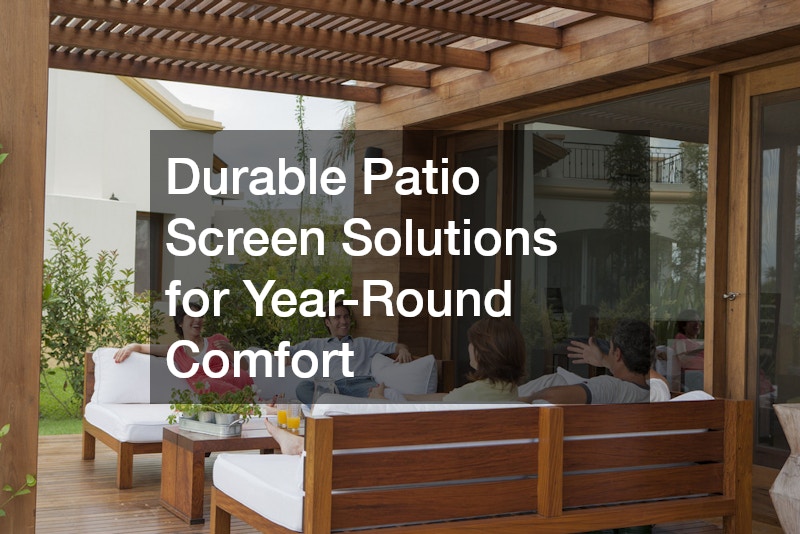When it comes to enhancing the atmosphere of a room, few features are as impactful as window coverings. Among the many options available, blinds stand out for their versatility, practicality, and ability to complement nearly any interior design. Whether you’re aiming to create a cozy, private sanctuary or a modern, light-filled workspace, blinds offer the perfect balance of style and function.
What Are Blinds?
Blinds are window coverings made up of horizontal or vertical slats that can be adjusted to control light and privacy. These slats are typically made from materials like wood, faux wood, vinyl, aluminum, or fabric, and can be opened, closed, raised, or lowered using various mechanisms. The adjustability of blinds gives homeowners a great deal of control over how much light enters a room and how much visibility is allowed from the outside.
The Functional Benefits of Blinds
One of the greatest benefits of blinds is their ability to offer customizable light control. You can angle the slats to let in just the right amount of sunlight while reducing glare or completely close them to darken a room. This flexibility makes them ideal for rooms where lighting needs change throughout the day, such as bedrooms, living rooms, and home offices.
Blinds also help protect interior furnishings from sun damage. UV rays can cause furniture, flooring, and artwork to fade over time, but blinds act as a shield, filtering out much of the harmful sunlight. Additionally, blinds can contribute to energy efficiency by helping to insulate your home. During warmer months, they can block out heat from the sun, while in cooler months, they provide an extra layer of insulation against drafts.
Privacy is another key reason many homeowners choose blinds. By adjusting the angle of the slats, you can obscure the view into your home while still letting in natural light. This makes them especially suitable for ground-floor rooms and homes in close proximity to neighbors or busy streets.
Types of Blinds to Consider
There are many types of blinds to choose from, each offering different looks and features. Understanding the differences can help you select the best option for your space:
Venetian Blinds
These classic blinds feature horizontal slats, usually made of wood, faux wood, or metal. They’re timeless and suit nearly any room, offering excellent light and privacy control.
Vertical Blinds
Often used for sliding doors or large windows, vertical blinds feature long, vertical slats that can be tilted or drawn to the side. They’re a great choice for wide openings and add a clean, contemporary look.
Roller Blinds
Roller blinds are made of fabric and roll up into a tube when raised. They offer a minimalistic appearance and are available in a wide range of colors and patterns. Many come with blackout or light-filtering options.
Roman Blinds
Roman blinds are made of soft fabric that folds up into pleats when raised. They add a touch of elegance and warmth to a room and work especially well in bedrooms and living rooms.
Cellular (Honeycomb) Blinds
These blinds feature a unique honeycomb structure that traps air, providing excellent insulation. They’re available in single, double, or triple-cell designs for varying levels of energy efficiency.
Panel Track Blinds
Ideal for large windows and patio doors, panel track blinds consist of wide fabric panels that slide on a track system. They’re sleek, stylish, and easy to operate.
Choosing the Right Blinds for Your Space
Selecting the right blinds involves more than just picking a style. It’s important to consider the specific needs of each room. For instance, a bedroom may benefit from blackout blinds that block out all light for better sleep, while a kitchen might call for moisture-resistant blinds that are easy to clean.
You should also think about the orientation of your windows. East-facing rooms receive morning sun, which can be intense and may benefit from light-filtering blinds. West-facing windows, on the other hand, get strong afternoon sun and may require options that offer better heat control.
Color and material choices are equally important. Wood blinds offer warmth and sophistication but may not be ideal for humid areas like bathrooms. Faux wood offers a similar look with added durability and moisture resistance. Metal or vinyl blinds are lightweight and easy to maintain, making them great for high-traffic or functional spaces.
Blinds are more than just window coverings—they’re a smart, stylish solution that enhances comfort, efficiency, and design. With so many types, materials, and features to choose from, it’s easy to find a set that meets your needs and complements your space. Whether you’re refreshing a single room or updating your entire home, investing in the right blinds can make all the difference.



